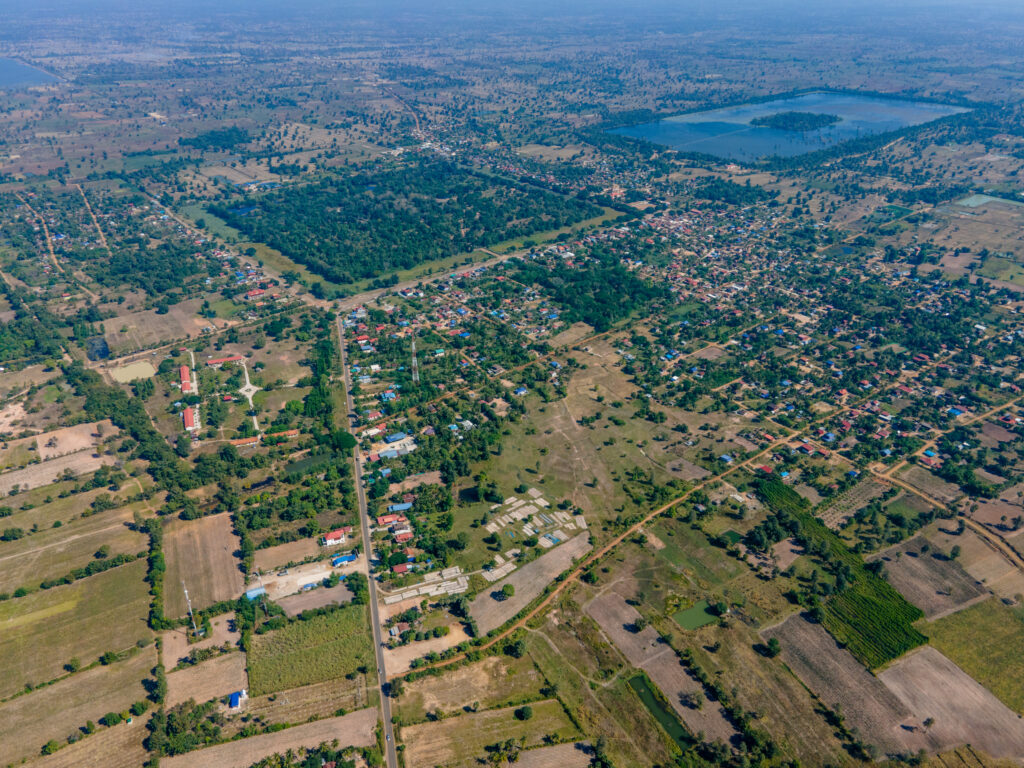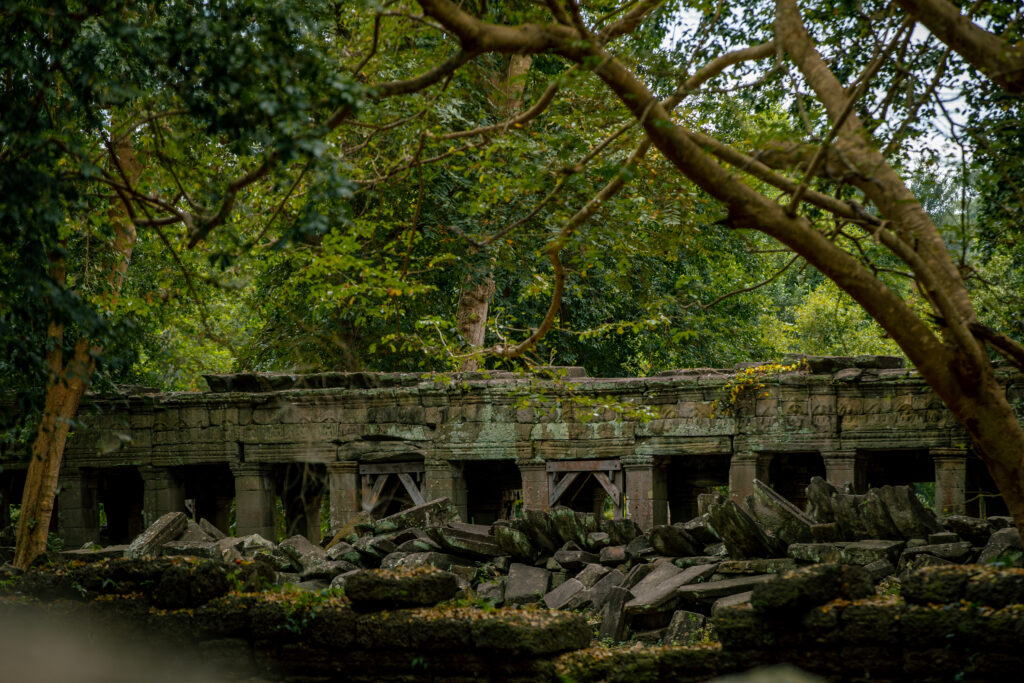Banteay Chhmar Temple is one of Cambodia’s most important and least understood temples from the Angkorian period. The temple complex, its moat, baray (reservoir), and surrounding unspoiled environment comprise a unique archaeological site and a vital link in Cambodia’s cultural heritage. For these reasons, it is now one of Cambodia’s top priorities for inscription as a UNESCO World Heritage site. Its remoteness from Angkor Wat, in part, explains the lack of in-depth documentation and study of the temple. The Ministry of Culture & Fine Arts (MCFA) is responsible for overseeing the temple complex.

Banteay Chhmar is the 4th largest temple dating from the Angkorian period after Preah Khan (in Kampong Svay), Angkor Thom and Angkor Wat being the largest temple. There are nine satellite temples as part of the temple complex. In addition, Banteay Torp, another intriguing temple well-worth seeing is about 12 kilometers south of the main temple.
Though there is no recorded or written name for the temple, scholars generally believe that the name Banteay Chhmar probably meant “The Small Citadel” or “Narrow Fortress” (a Khmer word possibly, chhmarl or chmarl meaning small, tiny or narrow). At some point, probably through oral transformation, the name became chhmar (cat). Therefore, nowadays, the temple is commonly called the “Citadel of the Cat.” These references and the oral transformation are not very clearly understood and need more documentation and research.

What is known is that it was commissioned in the late 12th to early 13th centuries by King Jayavarman VII. A shrine in the temple once held an image of a Crown Prince, believed to be Indravarman, and probably a son of Jayavarman VII. A Khmer inscription found at the site (now on display at the National Museum, Phnom Penh) tells how this prince was protected on two different occasions by four royal servants, all of whom lost their lives in his defense. The inscription lists the names of these officials and tells us that their respective images were once placed in the four corners of this shrine.

The temple is similar in style to Bayon Temple, also commissioned by Jayavarman VII. It is one of only two sites outside Bayon with enigmatic face towers. The stunning outer gallery walls also have bas-reliefs of military and domestic scenes similar to Bayon Temple. If put end-to-end these bas-reliefs would stretch nearly 1 kilometer.
Article from Banteay Chhmar Temple – Visit Banteay Chhmar
